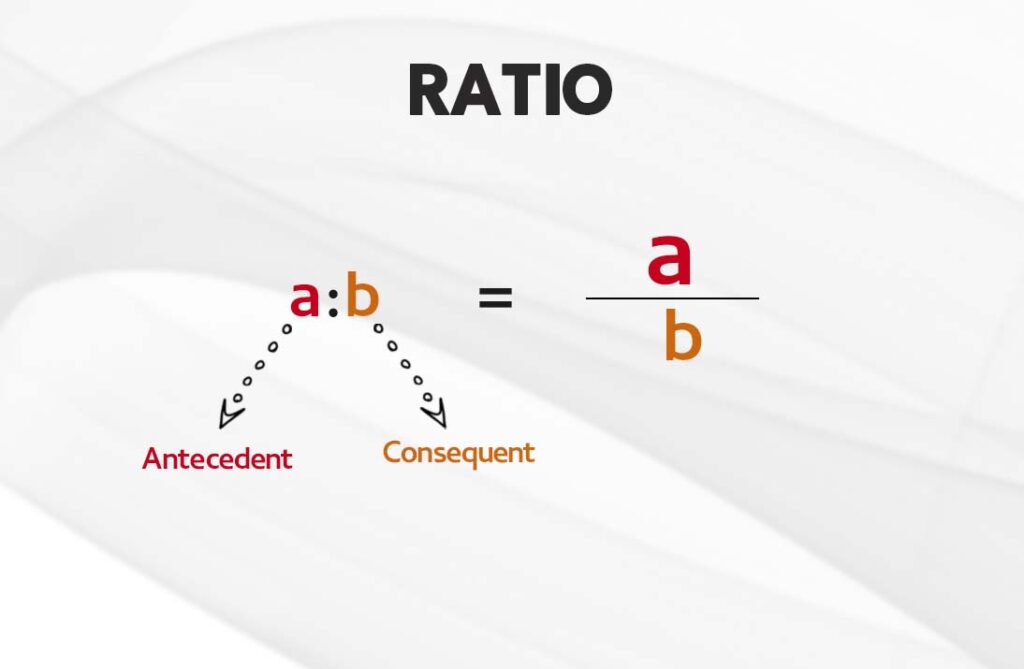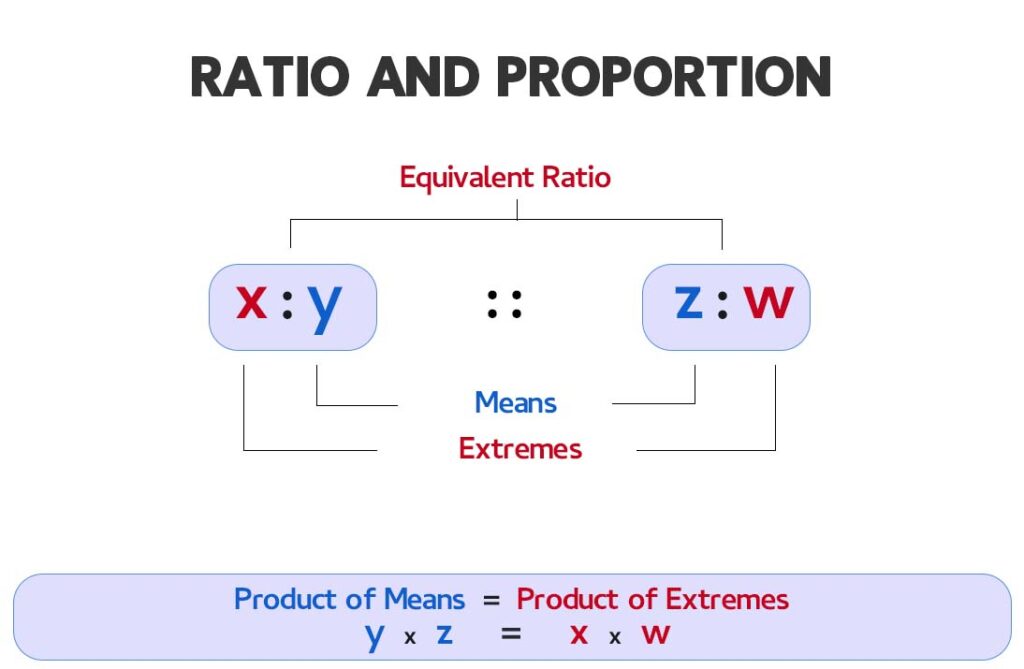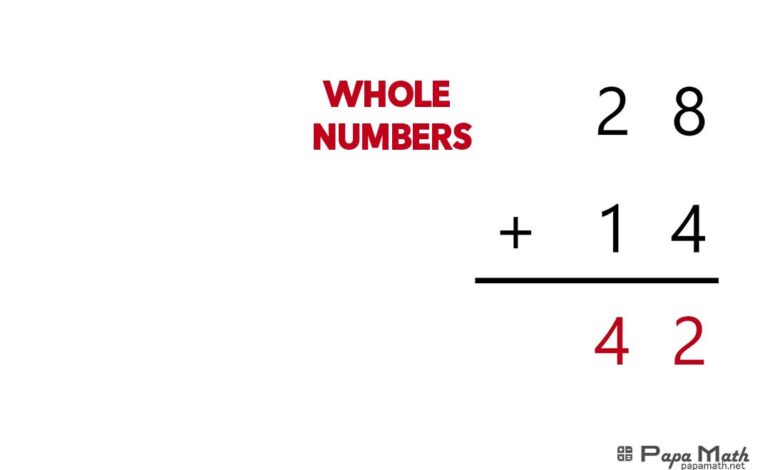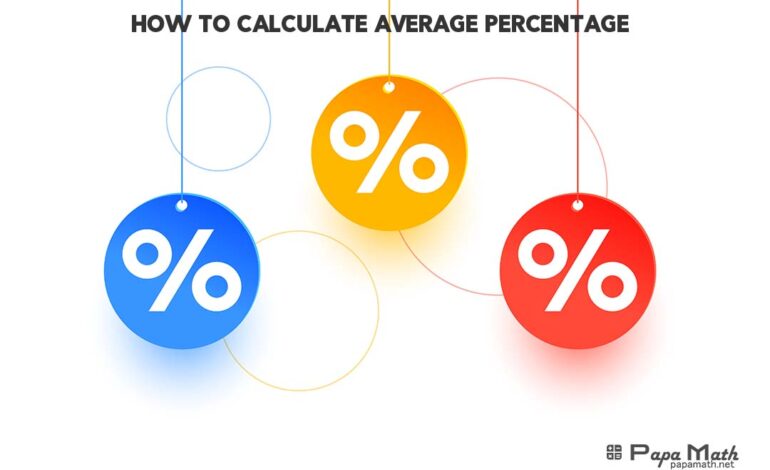Understanding ratio and proportion is fundamental to solving various mathematical problems in everyday life. Ratios express the relationship between two quantities, depicting how many times one quantity is contained within another.
Proportions, on the other hand, establish equivalence between two ratios, demonstrating balanced relationships between multiple quantities. These concepts are not only pivotal in mathematics but also have practical applications in fields like finance, cooking, and construction.
Whether it’s determining ingredient proportions in a recipe, calculating financial ratios for investment decisions, or scaling architectural designs, mastering ratio and proportion empowers individuals to make informed decisions and solve real-world problems efficiently.
In this guide, we will delve into the basics of ratio and proportion, explore their significance, and illustrate their relevance through various examples, equipping readers with the tools to navigate and apply these concepts confidently in their daily lives.
Ratio Meaning

The term “ratio” refers to the comparison between two quantities, showing how many times one value is contained within another. It’s like describing the relationship between different amounts or sizes. For example, if you have 3 red balls and 2 blue balls, the ratio of red balls to blue balls is 3:2. 3 2 meaning 3 ratio 2.
Ratios are often written in the form of a fraction, with a colon, or using the word “to.” In the ratio a:b a and b represent the quantities being compared. a typically represents the first quantity. The first term is also known as antecedent while b represents the second quantity and the second quantity also known as consequent For example, if we have a ratio of 2:3. 2 represents the first quantity and 3 represents the second quantity.
Proportion

Proportion is about comparing different quantities and finding out if they are equal. It helps in establishing balance between various parts of a whole. In this section, we’ll break down the concept of proportion in simple terms and explore its practical applications in everyday scenarios.
How do we use proportions?
Using proportions involves establishing equivalence between two ratios. This is done by setting up an equation where two ratios are equal to each other. By cross-multiplying and solving for the unknown value, we can find missing quantities or verify relationships between different quantities.
In a proportion like a:b=c:d a and d are known as the mean values, while b and c are the extreme values. When multiplied, the mean values yield the same product as the extreme values, maintaining the proportionality of the relationship.
Types of Proportion
The are three types of proportion are:
Direct Proportion
In a direct proportion, as one quantity increases, the other also increases proportionally. For example, if you double the number of hours you work, your earnings also double.
Inverse Proportion
Inverse proportion occurs when an increase in one quantity leads to a decrease in the other, and vice versa. For instance, as you increase the speed of your car, the time it takes to reach a destination decreases.
Continued Proportion
Continued proportion involves a sequence of numbers where the ratio between consecutive terms remains constant. This type of proportion is commonly seen in mathematics and is useful for solving various problems involving sequences or series.
Proportion Properties
Proportions possess several essential properties that make them valuable tools in solving mathematical problems. They maintain equivalence between ratios, ensuring that the relationship between quantities remains balanced. Additionally, proportions allow for scaling, enabling the adjustment of values while preserving relative proportions. Understanding these properties is crucial for effectively applying proportions in various real-world situations.
Componendo rule
This rule states that if \(\frac{a}{b}=\frac{c}{d}\) then \(\frac{a+b}{b}=\frac{c+d}{d}\)
It is used for solving equations involving addition.
Dividendo rule
Inversely related to the Componendo rule, it states that if \(\frac{a}{b}=\frac{c}{d}\) then \(\frac{a-b}{b}=\frac{c-d}{d}\). It is useful for subtraction-based problems.
Componendo & Dividendo rule
A combination of the above two rules, helpful in equations involving both addition and subtraction. If \(\frac{a}{b}=\frac{c}{d}\) then \(\frac{a+b}{a-b}=\frac{c+d}{c-d}\).
Invertendo rule
It asserts that if \(\frac{a}{b}=\frac{c}{d}\) then \(\frac{b}{a}=\frac{d}{c}\) useful for flipping ratios.
Alternendo rule
This rule states that if \(\frac{a}{b}=\frac{c}{d}\) then \(\frac{a}{c}=\frac{b}{d}\) helpful for solving proportion equations.
Duplicate Ratio
Doubling both terms of a ratio without changing its value.
Example
Doubling the terms of the ratio \(\frac23\) to \(\frac46\).
Reciprocal Ratio
Swapping the numerator and denominator of a ratio.
Example
Swapping the numerator and denominator of the ratio \(\frac35\) we get \(\frac53\).
Ratio of equalities
Comparing ratios where both sides are equal.
Example
Comparing ratios \(\frac23\) and \(\frac46\)where both sides are equal.
Ratio of Inequalities
Contrasting ratios where the sides are unequal. These rules are essential tools for solving a variety of mathematical problems effortlessly.
Difference Between Ratio and Proportion
| Aspect | Ratio | Proportion |
| Definition | Represents the quantitative relationship between two or more quantities. | Establishes equivalence between two ratios. |
| Representation | Expressed as a comparison of two numbers, often separated by a colon. | Presented as an equation where two ratios are set equal to each other. |
| Purpose | Provides a relative comparison between quantities. | Demonstrates balanced relationships between multiple quantities. |
| Usage | Commonly used to compare quantities or express part-to-part or part-to-whole relationships. | Utilized to solve problems involving scaling, resizing, and comparing quantities. |
Compound measures
Here’s a brief explanation of compound measures related to speed, density, and pressure
Speed
Speed is a compound measure that combines distance and time. It represents how quickly an object moves from one place to another. Speed is typically measured in units like miles per hour (mph) or meters per second (m/s), indicating the distance covered in a certain amount of time.
The formula of the speed is:
$$\text{Speed}=\frac{\text{Distance}}{\text{Time}}$$
Density
Density is a compound measure that involves mass and volume. It describes the concentration of matter in a substance. Density is calculated by dividing the mass of an object by its volume. Common units for density include kilograms per cubic meter (kg/m³) or grams per cubic centimetre (g/cm³).
The formula of the density is:
$$\text{Density}=\frac{\text{Mass}}{\text{Volume}}$$
Pressure
Pressure is a compound measure that combines force and area. It measures the force exerted on a surface per unit area. Pressure is calculated by dividing the force applied perpendicular to the surface by the area over which the force is distributed. It is often expressed in units such as pascals (Pa), atmospheres (atm), or pounds per square inch (psi).
The formula of the pressure is:
$$\text{Pressure}=\frac{\text{Force}}{\text{Area}}$$
Units of measurement
Units of measurement are crucial for quantifying and comparing various quantities in everyday life. They provide standardized ways to express length, weight, volume, time, and more.
Understanding units helps in tasks like cooking, construction, and scientific experiments. Whether it is meters for distance, kilograms for weight, or litres for volume, units enable clear communication and accurate calculations across different contexts. We can also use the ratio to convert the different units.
Ratio and proportion GCSE questions
Here are some GCSE-level questions on ratio and proportion:
Ratio Calculation
If the ratio of apples to oranges in a fruit basket is 3:2, and there are 45 oranges, how many apples are there?
Proportion Problem
A recipe calls for 2 cups of flour and 3 eggs to make 12 cookies. How many cups of flour and eggs are needed to make 24 cookies?
Scaling Ratios
If the scale of a map is 1:25000, and a distance on the map is 5cm, what is the actual distance on the ground?
Direct Proportion
If 5 workers can complete a task in 8 hours, how many workers are needed to complete the same task in 4 hours?
Inverse Proportion
A car travels at a speed of 60 mph. If the journey time is doubled, what will be the new speed if the distance remains the same?
These questions cover various aspects of ratio and proportion commonly encountered in GCSE examinations.
You can also create ratios and proportions worksheet.
“What are Whole Numbers?” introduces us to the fundamental concept of integers without fractions or decimals.
FAQs
The value of 20+-30?
The value of 20+-30 is -10.
Define Pro portion?
A proportion is an equation that states two ratios are equal.
What is constant of proportionality calculator?
The constant of proportionality calculator calculates the constant value that relates two proportional quantities.
Convert 180 mph to kmh.
180 mph is approximately 289.68 km/h.
Convert 200mph to kmh.
200 mph is approximately 321.87 km/h.
Convert 160km to miles.
160 km is approximately 99.42 miles.
Convert 130km to miles.
130 km is approximately 80.78 miles.
Convert 180 mph in kph.
80 mph is approximately 289.68 km/h.
Conclusion
In conclusion, mastering ratio and proportion is essential for tackling various mathematical problems encountered in everyday life. From cooking recipes to financial planning and architectural designs, these concepts play a vital role in making informed decisions and solving real-world problems efficiently.
By understanding the fundamentals of ratio and proportion, individuals gain the tools to navigate complex scenarios with confidence. Moreover, the ability to apply these concepts enables individuals to excel in academic settings, including GCSE examinations.
By incorporating practical examples and explaining key principles, this guide aims to empower learners to grasp ratio and proportion effortlessly and apply them effectively in diverse contexts.
Please feel free to ask your query, and I’ll be happy to answer your query.


